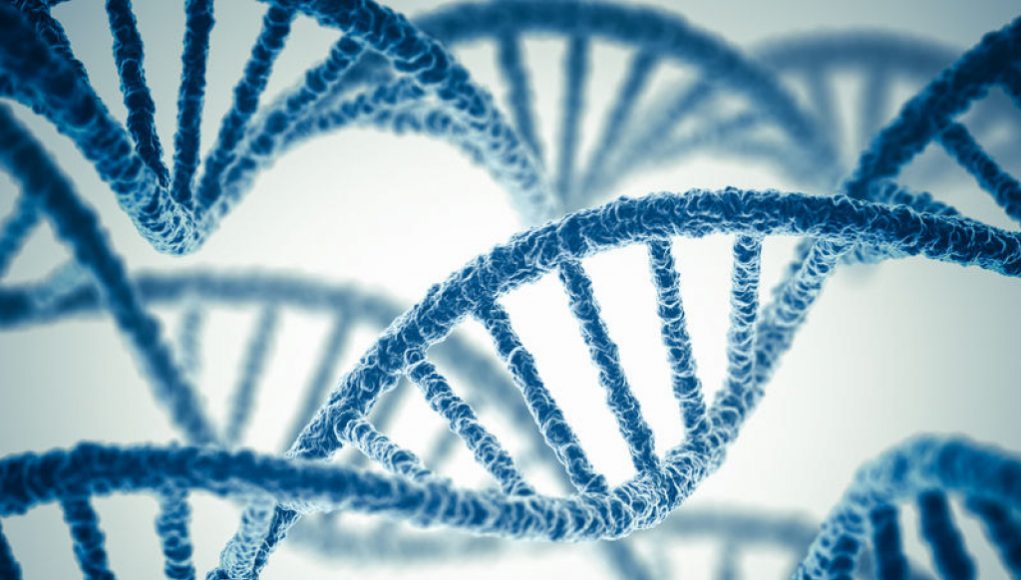Did you know that every person starts as just one fertilized egg? It’s true! By adulthood, that single cell has multiplied into roughly 37 trillion cells, constantly dividing to create fresh human cells every few months.
But here’s the challenge: each dividing cell must perfectly copy 3.2 billion base pairs of DNA, about once every 24 hours. That’s a lot of genetic material! Thankfully, the cell’s replication machinery is incredibly efficient, copying at a rapid pace of about 50 base pairs per second.
However, even with this speed, it would take too long to duplicate the entire human genome if the cell started at the tip of each chromosome simultaneously. It would take about two months just to finish the longest chromosome! So, how do cells overcome this obstacle?
According to James Berger, a structural biologist at the Johns Hopkins University School of Medicine, cells start replication in multiple spots. Yeast cells have hundreds of potential replication origins, while animals like mice and humans have tens of thousands scattered throughout their genomes. This strategy presents its own challenge: how do cells know where and when to start replication?
Precise control is crucial to avoid chaos. Researchers are now unraveling the molecular checks and balances that ensure each origin initiates DNA copying once and only once, resulting in a complete new genome.
Do it right, do it fast
Starting DNA replication correctly is essential to prevent problems. If replication doesn’t begin properly, the DNA double helix can break or get stuck. John Diffley, a biochemist at the Francis Crick Institute, emphasizes the importance of resolving replication quickly. Issues during DNA replication can lead to a disorganized genome, often a critical step towards cancer.
Problems with DNA replication can also cause genetic diseases. For example, Meier-Gorlin syndrome, characterized by short stature, small ears, and small or absent kneecaps, is caused by mutations in genes involved in the DNA replication process.
Initiating DNA replication requires a coordinated dance involving numerous proteins. Researchers have gained insights into this process by replicating DNA in the lab using proteins from yeast and humans. They’ve discovered that the cell controls the start of DNA replication through a two-step process, with a crucial enzyme called a helicase playing a key role in unwinding the DNA double helix.
Ready (load the helicase) …
The process begins with a cluster of six proteins called ORC, which settle onto the DNA at the replication origins. ORC, shaped like a double-layer ring, slides onto the DNA strands, scanning for the origin sequence. In baker’s yeast, these start sites are easily identifiable, but in humans and other complex organisms, the start sites are less clear. Alessandro Costa, a structural biologist at the Crick Institute, suggests that replication is more likely to start in areas where the tightly spooled genome has loosened up.




















